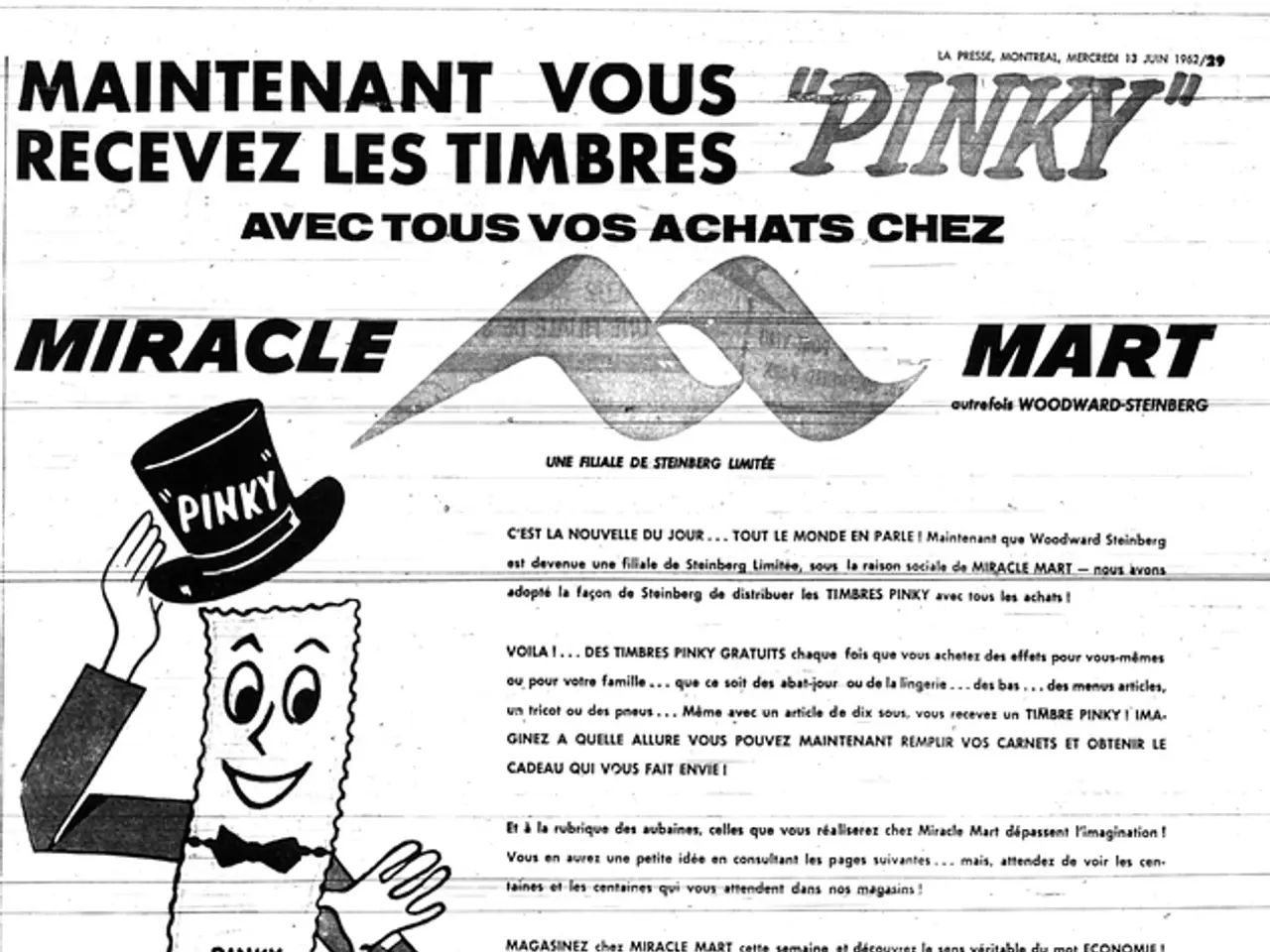Mastering Interactive Graphic Design: Illustrative Examples and Valuable Tips
In the digital age, content is king, but interactive graphic design is the crown jewel that sets it apart. This innovative approach to visual storytelling combines visual appeal with functionality and usability, creating an immersive and engaging experience for users.
At the heart of interactive graphic design lies a harmonious blend of clear textual communication, compelling visual elements, and user-centered design. By utilising elements such as icons, images, typography, and layout, designers can organise information, signal hierarchy, and support usability. Familiar icons, like a trash can for delete, help users understand functions quickly without extra explanation.
Interactive graphic design also considers the devices and environments where users engage, ensuring ergonomics and natural, seamless use across platforms. This includes smartphones, tablets, or kiosks, with the design adapting to the physical interaction—tapping, swiping, clicking, or typing.
The dynamic nature of interactive graphic design is further enhanced by incorporating animations, transitions, videos, or audio that evolve over time. This adds dynamism and feedback to interactions, making the interface feel alive and responsive.
User Interface (UI) and User Experience (UX) design play a crucial role in interactive graphic design. By ensuring the digital experience is smooth, visually attractive, and user-friendly, designers create an intuitive navigation system with well-placed interactive elements like navigation menus, buttons, and drop-downs.
The principles of Gestalt theory guide how users naturally perceive patterns and relationships between elements, helping create interfaces that feel intuitive and well-organized. In experiential contexts, interactive graphic design may include sound, light, temperature, and tactile feedback to create memorable and immersive environments that engage users beyond just visual stimuli.
Interactive graphic design also leverages technology such as sensors, touchscreens, QR codes, and virtual reality to enable real-time user engagement, personalization, and active participation, transforming users from passive observers to creators of their experience.
Visual design fundamentals, such as lines, shapes, colors, and textures, shape user perception and emotions while creating clear communication and strong brand identity.
Examples of interactive graphic design can be found in various forms, from data visualizations to educational materials. The "Gay Rights in the US, State by State" graphic by The Guardian provides an overview of gay rights across the US on a state-by-state basis, with data that responds to user actions. The design of "A Visual Introduction to Machine Learning" by R2D3 offers an engaging introduction to machine learning concepts, allowing users to explore concepts as they scroll through the page.
The design of "Diversity in Tech" by Information is Beautiful showcases the diversity stats of major tech brands, including data points that reveal the breakdown of workers by gender and ethnicity. The design of "Hungry Tech Giants: 15 Years of Acquisitions" includes elements that respond to user clicks to reveal detailed data tables.
Interactive graphic design can breathe new life into existing content, as shown by the 68% of marketers who believe that interactive features help breathe new life into static content, according to data cited by Forbes. Examples include the World's Biggest Data Breaches & Hacks infographic and the 270toWin - 2024 Presidential Election Interactive Map.
In conclusion, interactive graphic design is a powerful tool that can captivate attention, enhance the user experience, and educate buyers more effectively than static content. With its focus on user-centered design, compelling visuals, and interactive technology, interactive graphic design is a solid addition to any creative strategy.
- Infographics that showcase data visualizations, like "Gay Rights in the US, State by State" by The Guardian, combine interactive elements and clear textual communication to engage users and provide an immersive experience.
- In the realm of education-and-self-development, interactive graphic design, such as "A Visual Introduction to Machine Learning" by R2D3, utilizes visual elements, animations, and user interactions to enrich the learning process and create a more engaging environment.
- By leveraging technology and user-centered design principles, interactive graphic design can help a brand's graphic identity stand out. For example, the "Diversity in Tech" infographic by Information is Beautiful uses strong visuals and interactive components to support its branding objectives.




